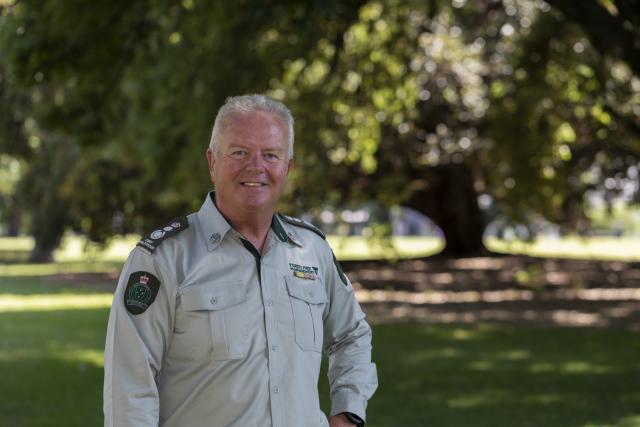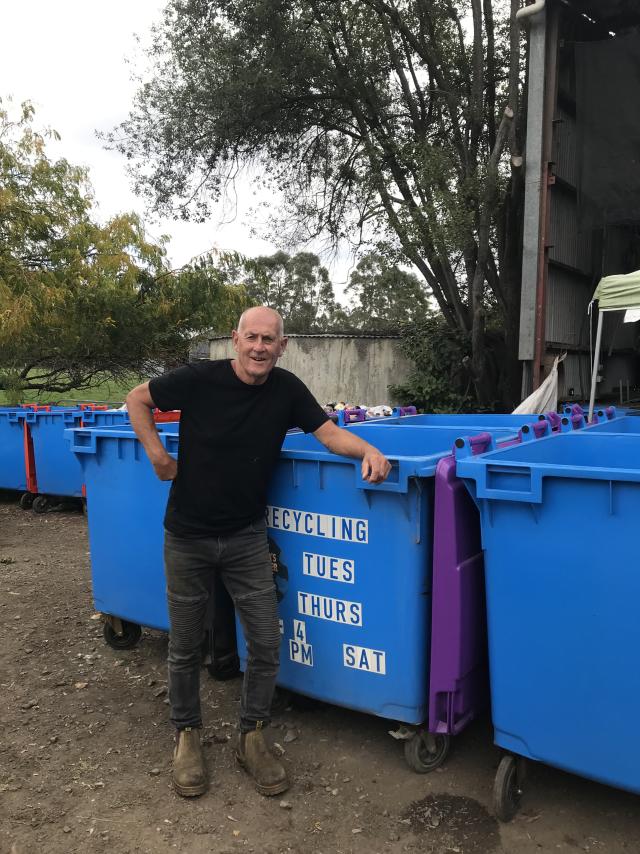The future of the Federal Government’s Mobile Blackspot Program (MBSP) remains unknown after no funding was announced in the 2024/25 Budget, despite an audit into the funding declaring it met fairness guidelines this month.
Since the first round of funding was announced in 2015, 1400 projects have been funded through the program including building new mobile towers, upgrading existing towers to 5G, adapting towers to be used by multiple telecommunication providers and making towers more disaster-resilient.
Casey MP Aaron Violi is calling for the program to be reinstated and said it could still have a significant positive impact if it was brought back.
“We’ve seen the long list of areas from the Hills to the Upper Yarra and East Warburton to Healesville, a lot of communities have benefited from the Black Spot Program, but the work’s not finished,” he said.
“We recently saw in Kalorama the issues with the Chestnut Festival, and I’ve been working to try and get a temporary fix, but that’s another location where we’d actually funded a tower under the program but couldn’t find a location that suited the community.”
After the Labor Government was elected in 2022, the administered funding for the MBSP was reallocated; $40 million ending 30 June 2025 to the Improving Mobile Coverage Round (IMCR) and $39.1 million for additional rounds of the Peri-Urban Mobile Program over three years.
The Labor Government identified 54 target locations and announced them during the 2022 election campaign; 40 of those were in Labor electorates (74 per cent), 11 in Liberal electorates (20 per cent), two in an electorate held by the Centre Alliance (four per cent) and one in an electorate held by Katter’s Australian Party (two per cent) prior to the election.
41 grants in 42 locations were also announced in September 2023.
Mr Violi said despite the findings of the Australian National Audit Office (ANAO) that the awarding of funding met guidelines, it absolutely could have been allocated more fairly.
“In Victoria, 100 per cent of the funding went to Labor-held seats, and across all of Australia, 80 per cent of the funding went to Labor-held seats or marginal target seats that they were focused on,” he said.
“While the report showed that it was within the guidelines that were issued by the Minister, it also showed that essentially the department’s hands were tied, and the allocation of locations was political in nature,”
“It was clear that the then opposition, now the government, allocated those towers based on politics and then reverse-engineered the program to go through the department, which is really disappointing when we think about the importance of communications every day.”
Despite the ANAO finding the design and award of funding was ‘largely effective’, it recommended that the Department of Infrastructure, Transport, Regional Development, Communications and the Arts should in future collect data and undertake strategic analysis to guide the program (accepted by the Government) and provide advice on the relative merits for selecting targeted locations over other mobile black spot areas (accepted in part).
It also recommended that the department review program objectives, update the grant opportunity guidelines, develop an evaluation plan and conduct an evaluation in the next 12 months, all of which were agreed to.
In a summary response to the report provided by Department Secretary Jim Betts, he said the department agrees and agrees in part with the recommendations and acknowledges the areas of improvement.
“The department is confident in its approach to implementing the Government’s priorities, including election commitments, through well considered grant opportunities to deliver on policy objectives, such as was done through the IMCR,” he said.
“The department acknowledges the opportunity the audit provides to improve our processes as part of our continuous approach to grants administration and to address the areas for improvement raised in the report.”
The lack of further funding for the MBSP also comes as concerns arise about the shutdown of Australia’s 3G, with Telstra pushing back its closure date by two months as major telcos struggle to confirm with customers that they have upgraded to 4G or 5G compatible devices.
Mr Violi said he has invited Shadow Minister for Communications David Coleman to visit the community in the next few weeks to hear first-hand about the challenges in Casey.
“I’m concerned about the 3G shut down and I’ve been working with Telstra and Optus and the relevant authorities to make sure that we can minimise the impact on our community, “
“I know it’s been delayed a couple of times and until the Minister can assure all community members that their communications won’t be impacted, I don’t think we should move forward with it,”
“I’ll certainly be lobbying internally with Shadow Minister Coleman and others, my wish is that we reinstate the program or come up with another option that can help fix black spots because it is a huge issue for our community.”
Vodaphone shut down its 3G coverage in December 2023 while Telstra and Optus will shut down their networks at the end of August and September respectively.
Sassafras resident Dr Peter Brennan has advocated for telecommunications resilience in the area and previously worked with Connecting Victoria in the wake of the 2021 storm, said he believes Australia needs an integrated strategy to improve connectivity going forward, bringing together our mobile, electricity and internet coverage.
“Moving everything online and onto the internet means that in terms of telecommunications, electricity and NBN internet access, all of those things have to be sustainable, reliable and probably just as importantly, affordable,” he said.
“The concept of thinking about one without thinking about it being integrated with the other two components so that you have that sustainable system is a strategic failure on behalf of the government, whether that’s local, state or federal,”
“They’re so busy marching towards internet banking or towards cashless societies and talking about all those things that no one’s taking the time to say, ‘What is the infrastructure that is critical to achieving that?”







